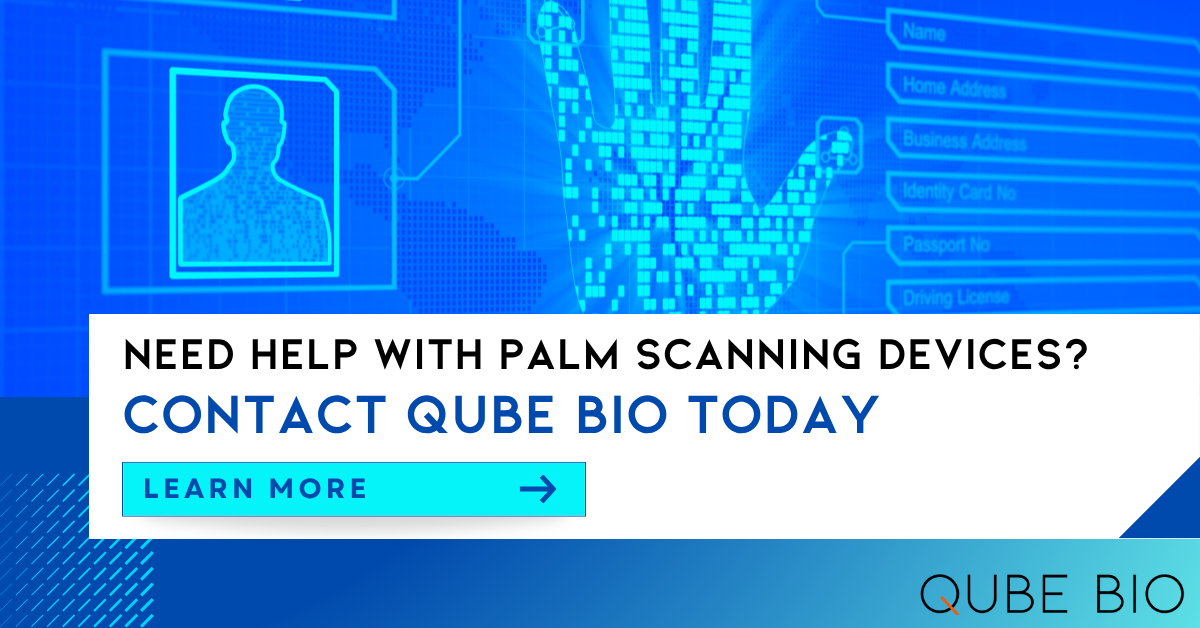Categories
Imagine a world where you can unlock doors, pay for groceries, or access your medical records with just a wave of your hand—securely and without a hitch. That’s the promise of palm vein integration, a game-changing biometric technology that uses near-infrared light to scan the unique vein patterns hidden beneath your skin.
In this article, we’ll walk you through practical steps to bring palm vein integration to your systems, from picking the right hardware to keeping user data safe and ensuring a smooth rollout. Whether you’re a tech pro or just exploring biometrics, these tips will help you tap into a secure, user-friendly future.

Palm vein scanning technology involves embedding NIR-based biometric scanning into authentication systems to verify identities using unique vein patterns.
Palm vein scanning uses NIR light (700–900 nm) to capture images where deoxygenated hemoglobin absorbs light, creating high-contrast vein patterns. High-resolution InGaAs or CMOS cameras (~100 µm/pixel) paired with NIR LEDs produce detailed images, processed by algorithms like Hessian-based ridge detection to extract features (e.g., vein branching, endpoints).
These are converted into encrypted templates (~1 KB) using AES-256 and SHA-256 hashing, matched via convolutional neural networks (CNNs) or Minutiae Cylinder-Code in ~0.3 seconds. Liveness detection, analyzing blood flow or thermal signatures, ensures security against spoofing.

Effective palm vein integration requires strategic planning to ensure security, scalability, and user acceptance. These best practices guide organizations through the process.
Choosing the right hardware is critical for reliable palm vein integration. Scanners must balance performance, compatibility, and cost.
Select devices like Fujitsu’s PalmSecure with InGaAs/CMOS sensors for detailed imaging (~100 µm/pixel).
Ensure USB or Ethernet compatibility for seamless integration with existing infrastructure.
Budget for scanners (~$500–$1000/unit), exploring cost-effective options as sensor prices decline.
Integrating palm vein technology into software systems demands robust algorithms and compatibility with existing platforms.
Leverage SDKs (e.g., Fujitsu PalmSecure SDK) supporting OAuth 2.0 or RESTful APIs for easy embedding.
Implement CNNs or Bloom filters for fast matching in large databases (e.g., millions of users).
Incorporate blood flow or thermal analysis to prevent spoofing, ensuring secure authentication.
Protecting biometric data is paramount, given its irreplaceable nature and regulatory requirements.
Use AES-256 for templates and SHA-256 hashing for anonymized storage to minimize breach risks.
Employ zero-knowledge proofs or edge computing to reduce data exposure during transmission.
Adhere to GDPR and CCPA, implementing transparent data retention policies to build user trust.
Successful palm vein scanning technology integration hinges on user acceptance and ease of use.
Inform users about contactless scanning benefits and privacy safeguards to address concerns.
Provide guidance (e.g., warming hands) to counter issues like cold hands affecting vein visibility (FRR < 0.01%).
Conduct trials across demographics to optimize performance and user comfort before full deployment.
This list outlines a practical roadmap for implementing palm vein integration, ensuring a streamlined process.
Palm vein scanning integration can face challenges that hinder success. Here’s how to navigate them.
Hardware costs (~$500/unit) can be prohibitive; explore cloud-based solutions like Redrock Biometrics’ PalmID or wait for declining sensor prices.
Cold hands or poor lighting may increase FRR; use adaptive algorithms and user guidance to mitigate.
Privacy concerns can slow adoption; provide clear communication about encryption and data policies, as Amazon One does.
Avoid delays by partnering with experienced vendors (e.g., Fujitsu, HID Global) and using standardized APIs.
Palm vein integration is already transforming industries, showcasing its practical value.
Emerging innovations are expanding the potential of palm vein integration. The biometrics market, projected to reach USD 267.05 billion by 2033, is driving adoption in IoT and mobile applications. Systems like ZKTeco’s 3-in-1 scanner combine veins, prints, and shapes for near-zero error rates.
Samsung’s 2025 patent for palm vein integration in smartphone cameras suggests future consumer accessibility, while integration into smart homes and transportation (e.g., Dubai’s pay-by-palm metro) highlights IoT potential. Multi-modal biometrics, using fusion algorithms, will further enhance accuracy for large-scale systems.
Palm vein integration offers a powerful, secure, and user-friendly approach to authentication, transforming systems across industries with its unmatched accuracy and anti-spoofing capabilities. By following these best practices—selecting compatible hardware, optimizing software, ensuring data security, and prioritizing user experience—organizations can avoid common pitfalls and achieve seamless deployment. As innovations like mobile integration and multi-modal systems accelerate, palm vein integration is poised to redefine secure authentication, making now the ideal time to revolutionize your systems with this cutting-edge technology.